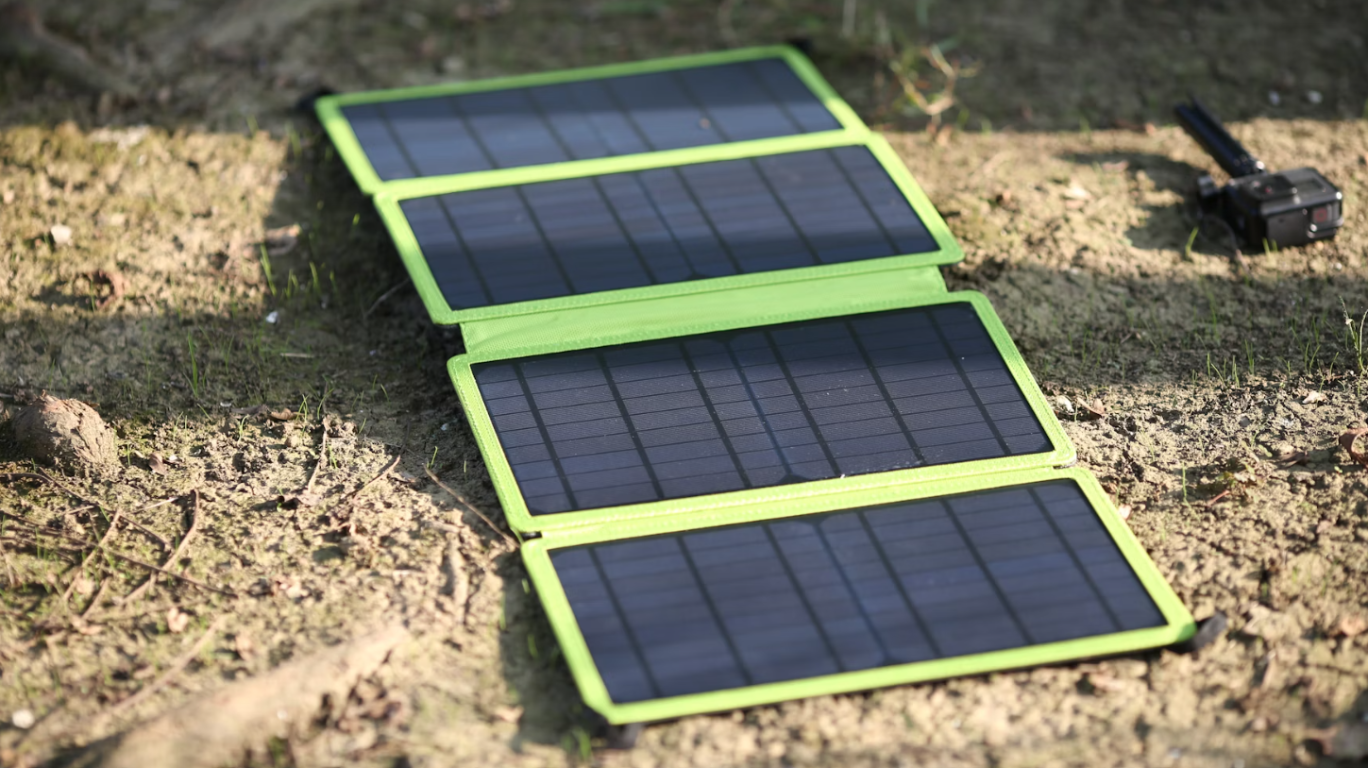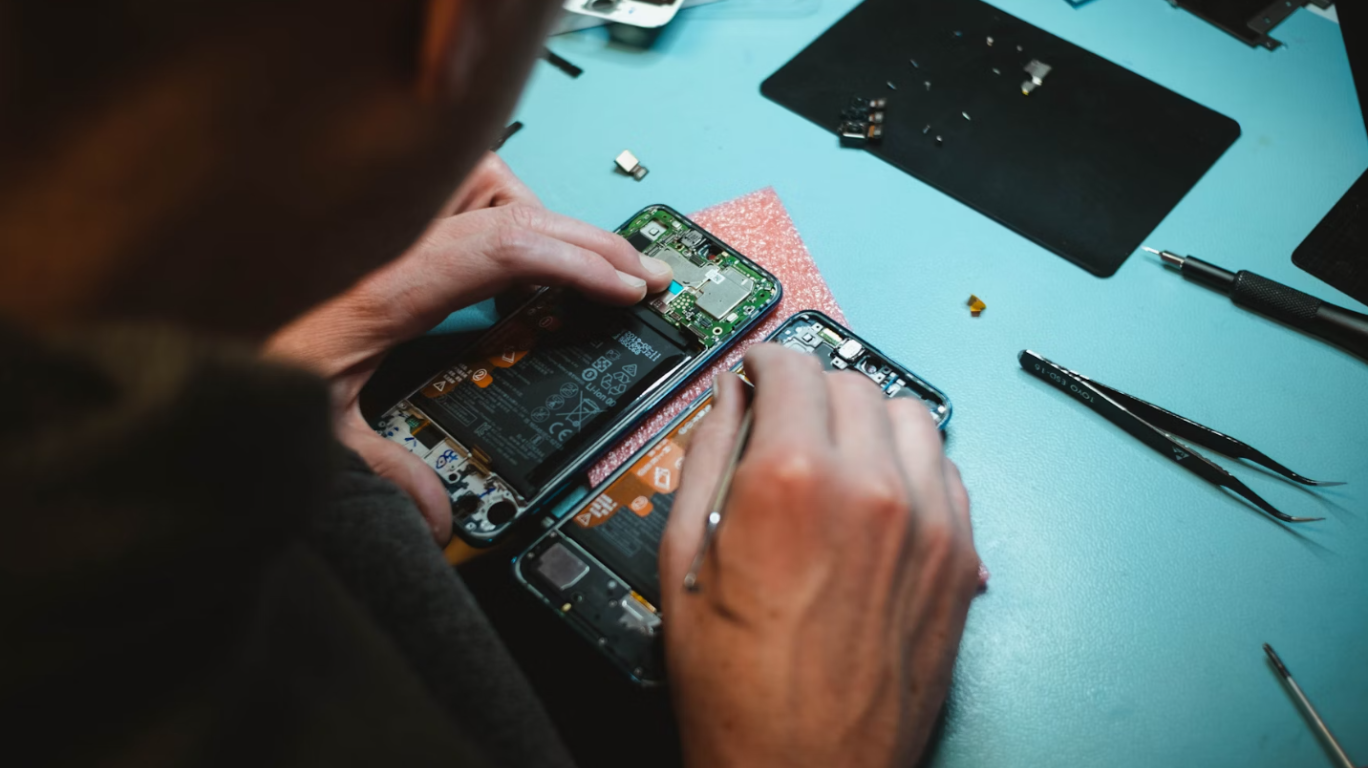Solar-Powered Gadgets: What They Mean for Technology, Lifestyle and the Environment
For many years, solar-powered gadgets were treated as experimental novelties – clever concepts that often fell short of practicality. Early versions, such as solar calculators or torches, were reliable but highlighted the limited capabilities of solar-powered tech.
Yet, as technology has advanced, so has the potential of solar-powered devices. The tech industry is now seeing solar-powered gadgets shift from niche innovations to tools that can enhance everyday life.
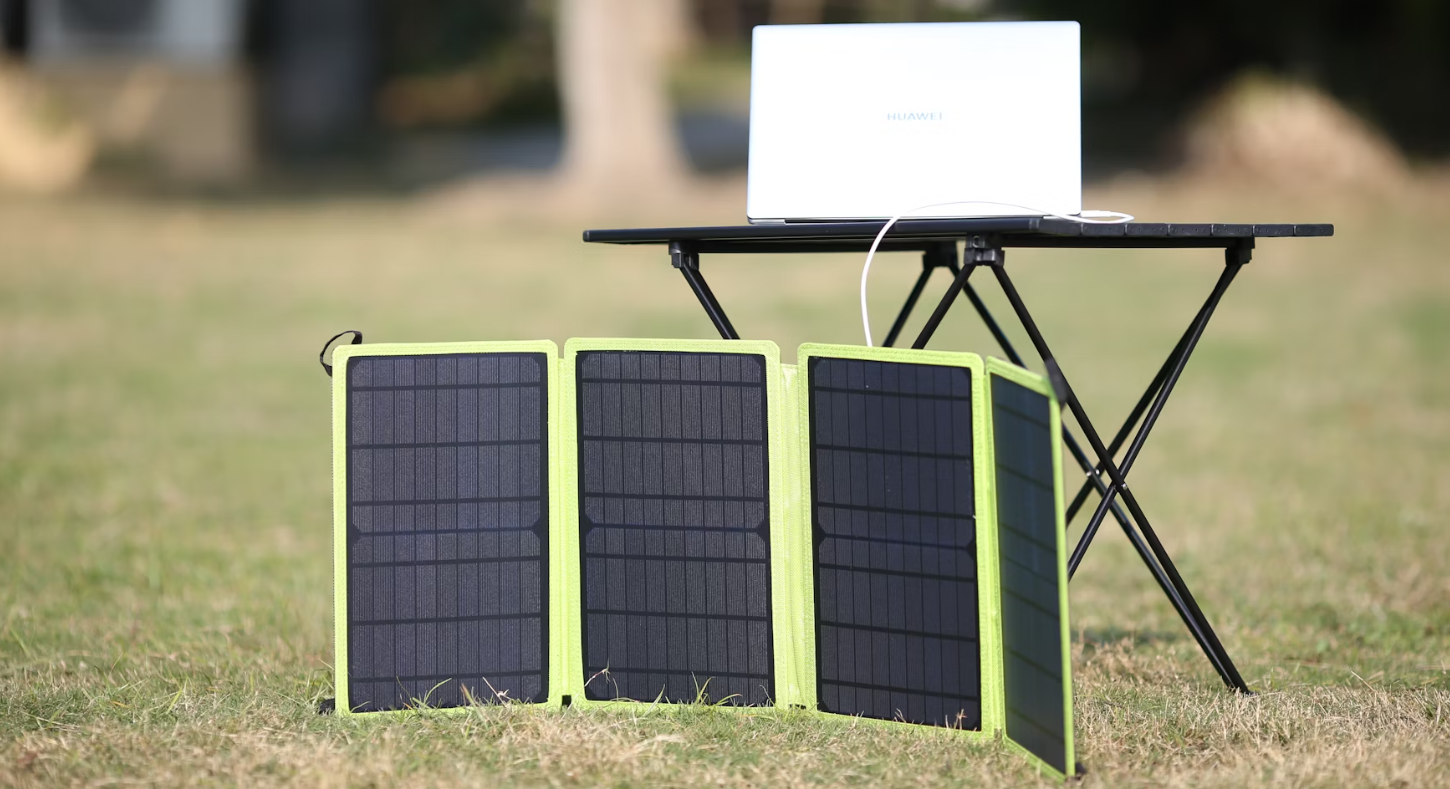
Technology is catching up
The efficiency of solar panels has improved dramatically, meaning that they can now generate more energy from smaller surfaces. This makes it possible to build them into wearable devices like smartwatches, fitness trackers, and even headphones, where they act as supplementary energy sources.
Portable solar chargers have also grown more capable, with many models now powerful enough to charge smartphones, tablets, or even laptops. For tech users on the go, this offers freedom from plug sockets and a step towards greater energy independence.
Solar-powered gadgets can seamlessly integrate into modern lifestyles. If you’re someone who travels frequently, works outdoors, or simply wants a backup when camping or commuting, these devices add real value.
Environmental implications
The most obvious environmental benefit of solar gadgets is their use of clean, renewable energy. Harnessing sunlight reduces reliance on fossil fuels and provides a sustainable way to keep devices running.
But there is also a less visible, yet equally important, benefit: using solar chargers reduces the daily wear and tear on wired chargers. If your main charger is only plugged in half as often, it may last significantly longer, saving you from unnecessary replacements and reducing e-waste.
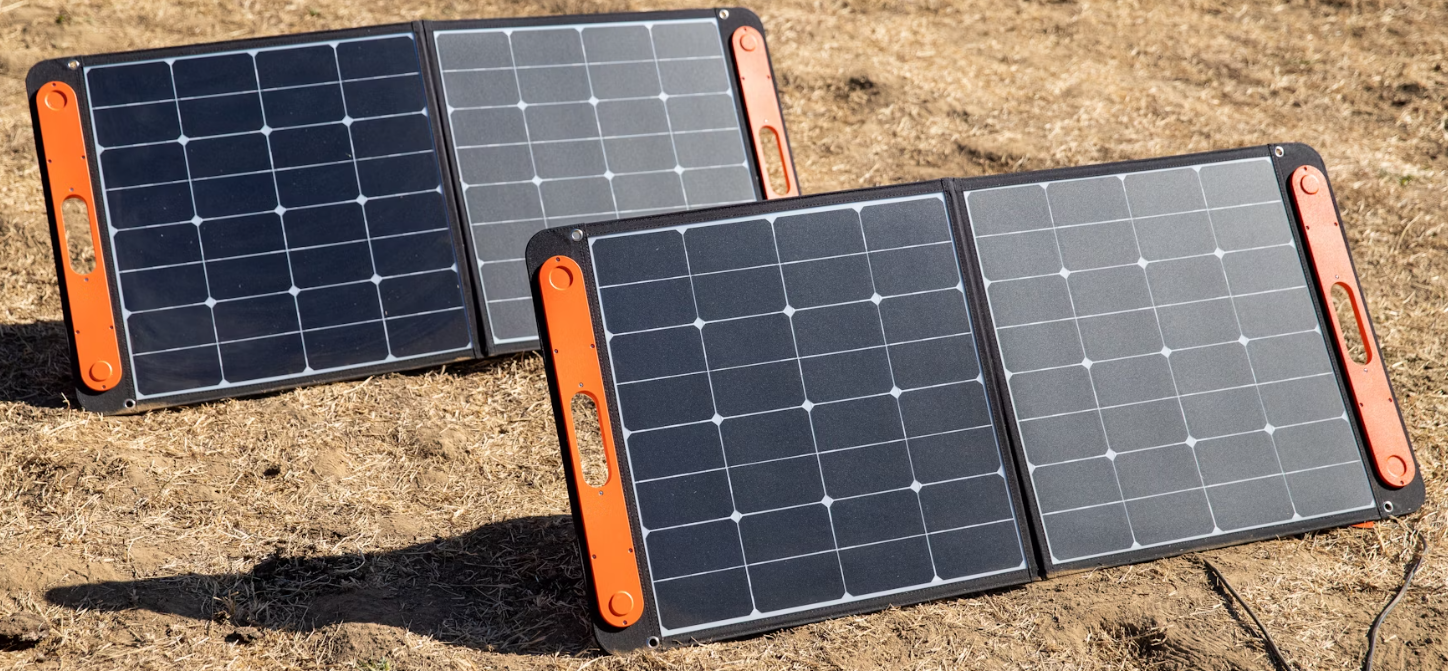
For environmentally conscious consumers in the tech space, this is an empowering insight. Small, incremental choices – such as choosing a solar charger or wearable – can have a ripple effect, contributing to a reduction in global electronic waste.
The knowledge that sustainability and convenience can go hand in hand makes the adoption of solar-powered gadgets even more attractive. It’s not about an all-or-nothing approach, but about making small changes that collectively make a meaningful difference.
Limitations to keep in mind
While solar-powered gadgets are advancing, it’s important to recognise their limitations. The performance of these devices is still influenced by factors such as geographic location, weather patterns, and the size of the solar panel itself.
A smartwatch with solar panels may extend its battery life, but it will not eliminate the need for charging altogether. Similarly, a solar-powered charger may work brilliantly on a sunny day but struggle during overcast conditions or in regions with limited daylight.
It’s also worth acknowledging that producing solar cells carries its own environmental footprint, including resource extraction and manufacturing processes. By weighing these pros and cons, you can make informed decisions that align with both your practical needs and your sustainability values.
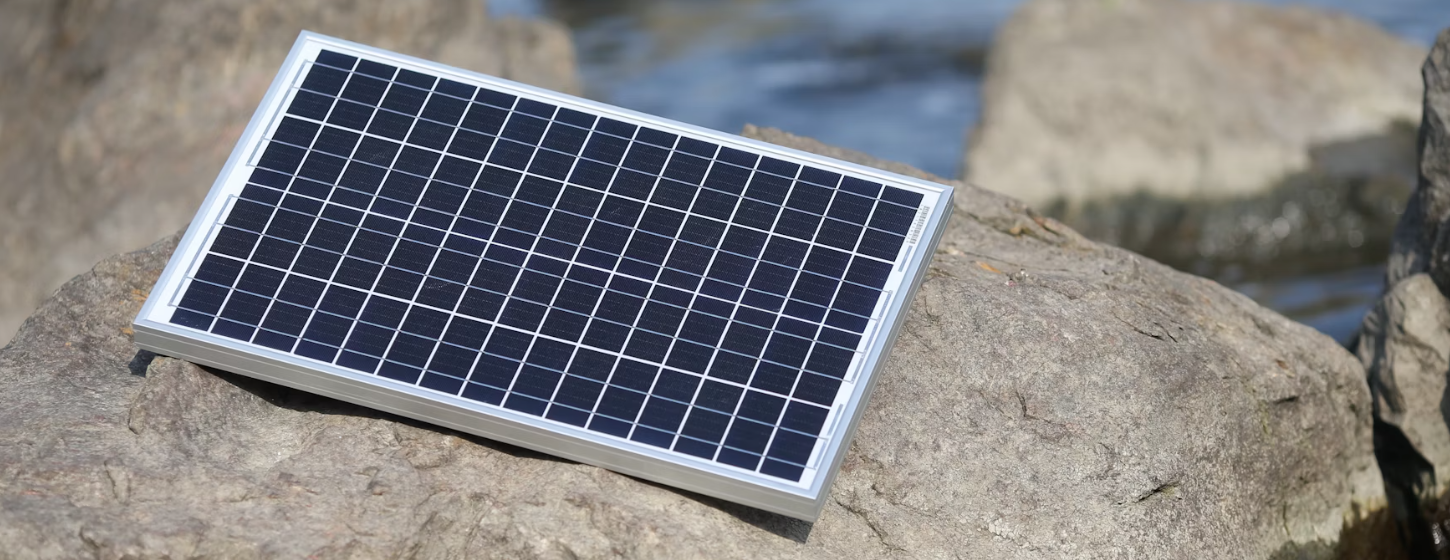
A practical lifestyle shift
Adopting solar-powered technology doesn’t have to be overwhelming. Small, consistent steps – like introducing a solar-powered charger into your routine or investing in solar wearables – allow you to take advantage of renewable energy without drastically changing your habits.
It’s about finding achievable ways to align personal convenience with broader environmental goals. By doing so, you’re not only enhancing your own tech experience but also contributing to a more sustainable future.
